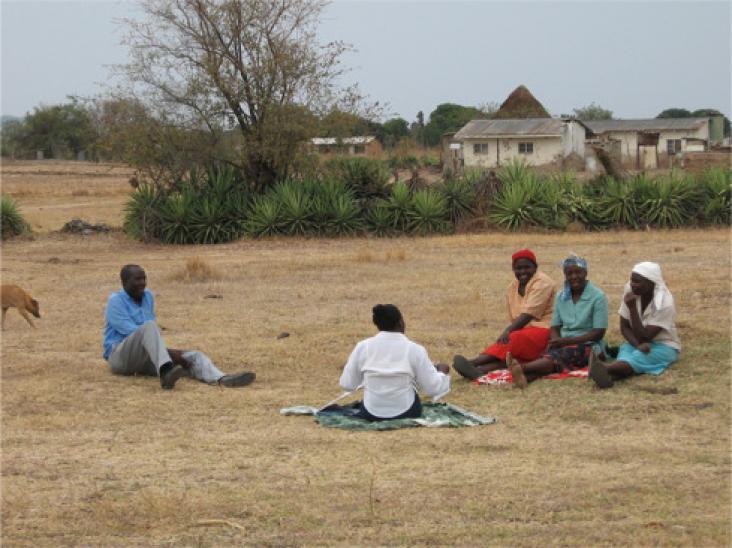Alzheimer’s Disease: Understanding Biomarkers, Big Data, and Therapy, Volume , 1 January 2021
Assessments, Treatments and Modeling in Aging and Neurological Disease: The Neuroscience of Aging, Volume , 1 January 2021
Handbook of Aging and the Social Sciences (Ninth Edition) Handbooks of Aging 2021, Pages 131-149
Barefoot Global Health Diplomacy, Field Experiences in International Relations, Security, and Epidemics, 2021, Pages 27-49

Human Sexuality, Function, Dysfunction, Paraphilias, and Relationships, 2021, Pages 63-105
